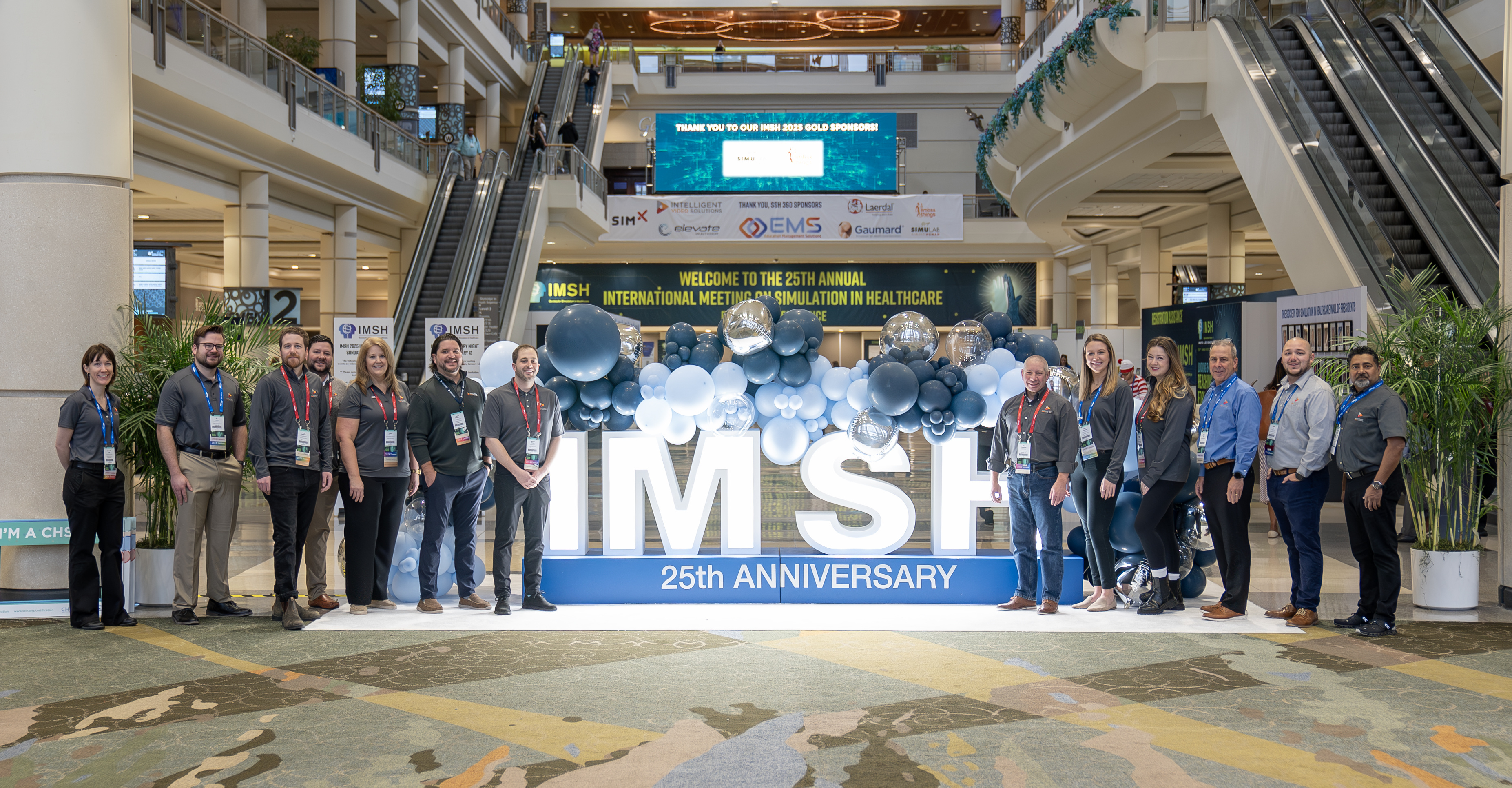The 25th International Meeting on Simulation in Healthcare (IMSH) has dramatically evolved over the past decade, reflecting the evolving landscape of medical simulation technology and educational approaches. This year's milestone anniversary highlighted key trends and insights from leading professionals in the field.
Growth and Expansion
The simulation industry has experienced remarkable growth. Carley Buisman from Emplify Health shared a striking transformation: her simulation lab expanded from 8 high-fidelity manikins to 13, and her team grew from 13 to 35 staff members. The conference itself reflected this expansion, with record-breaking abstract submissions and a waitlist for the exhibit hall.
Emerging Technologies
Two technologies dominated discussions: Virtual Reality (VR) and Artificial Intelligence (AI). While currently more academic-focused, these technologies are progressively moving into hospital-based training. The key innovation is their integration with existing simulation tools, enhancing educational realism without compromising tactile learning experiences.
Key Focus Areas for 2025
Professionals identified two critical areas of growth:
- Ultrasound-related simulations
- Standardized patient programs
Melanie Wynja from Dordt University emphasized that simulation is no longer just about using a "manikin in a bed" but about creating psychologically safe learning environments that translate to improved patient outcomes.
Technology's Role in Simulation
Video technology has been transformative. By enabling remote observation and recording capabilities, it has helped simulations better support desired educational outcomes. Features like marker placement, commentating, and easy sharing have revolutionized debriefing processes.
Critical Considerations for Simulation Centers
When selecting simulation technologies, professionals highlighted key considerations:
- Cost-effectiveness
- Return on Investment (ROI)
- Quality of vendor relationships
- Customization to specific learning needs and desired outcomes
- Technical support responsiveness and effectiveness
The Future of Medical Simulation
The overarching message was clear: medical simulation is about more than technology. It's about creating safe, immersive learning environments that ultimately improve patient care. As the industry continues to evolve, the focus remains on providing the most effective, realistic training possible.
Check out how easy it is to use VALT to observe multiple rooms and cameras.






